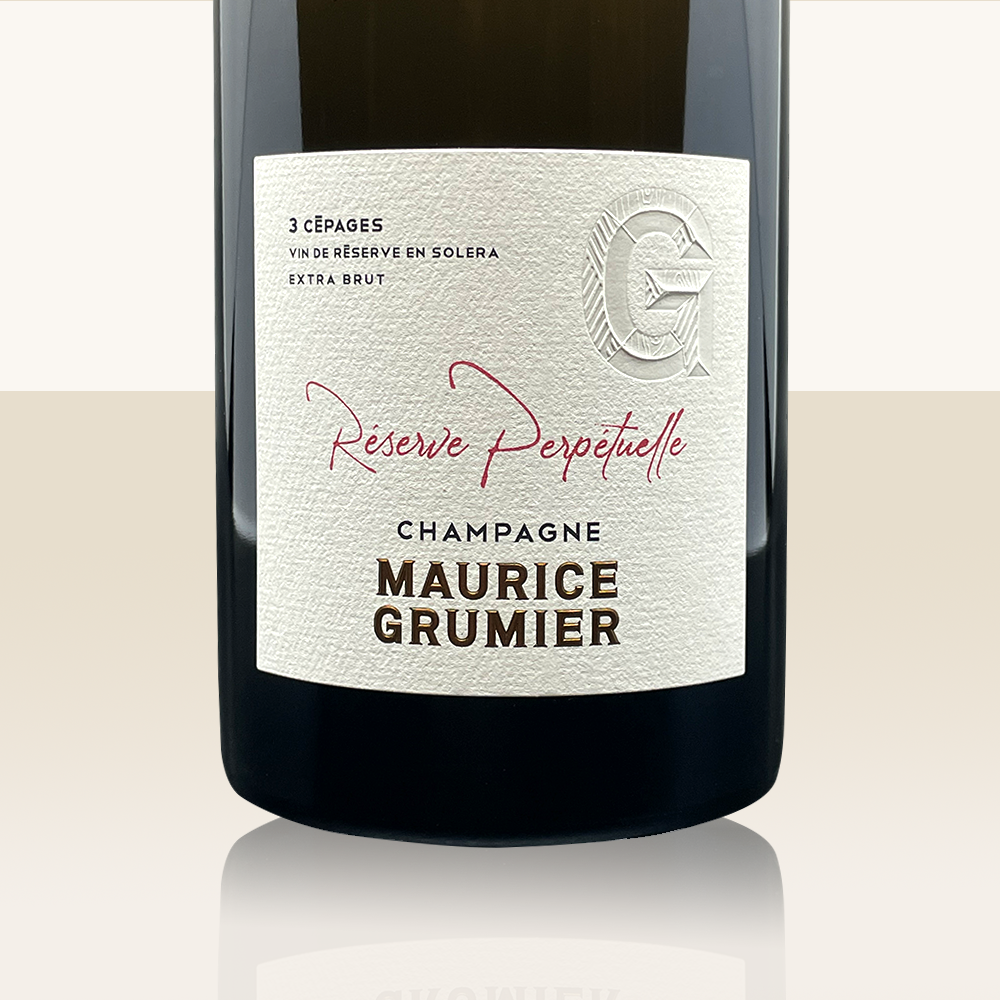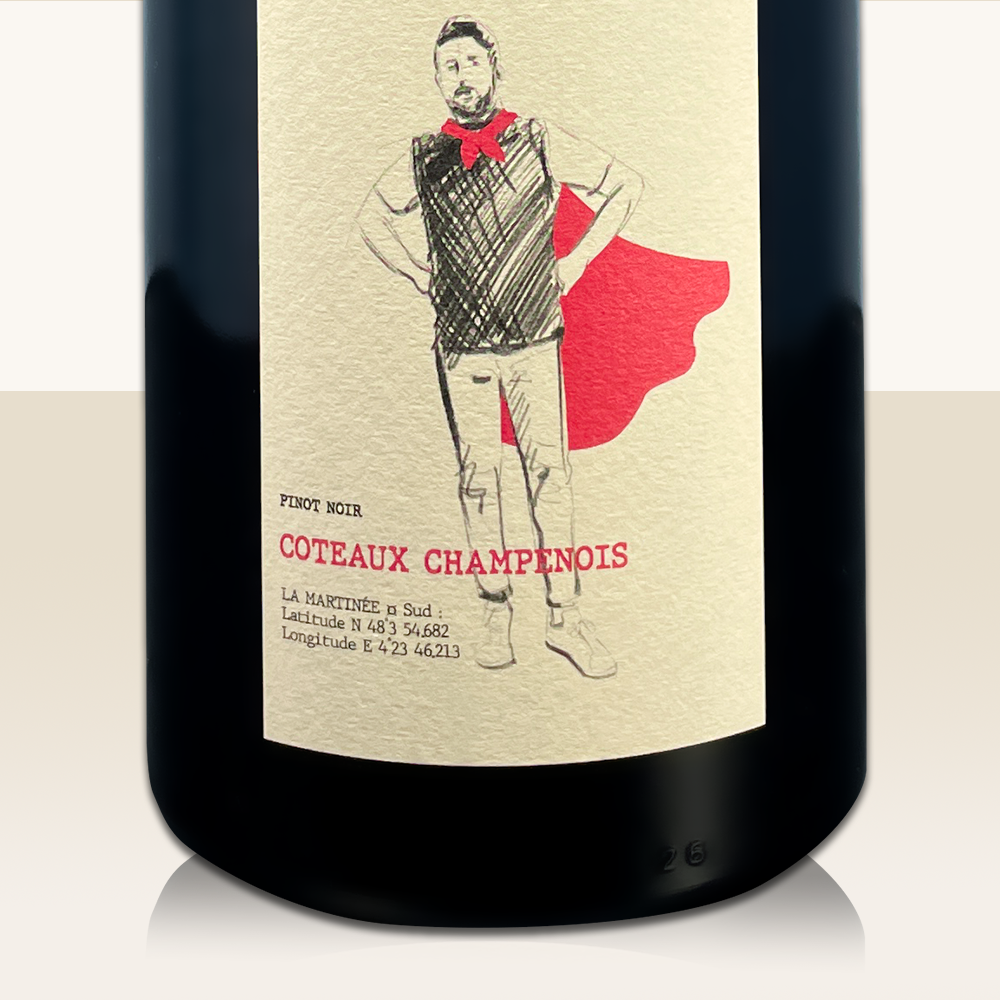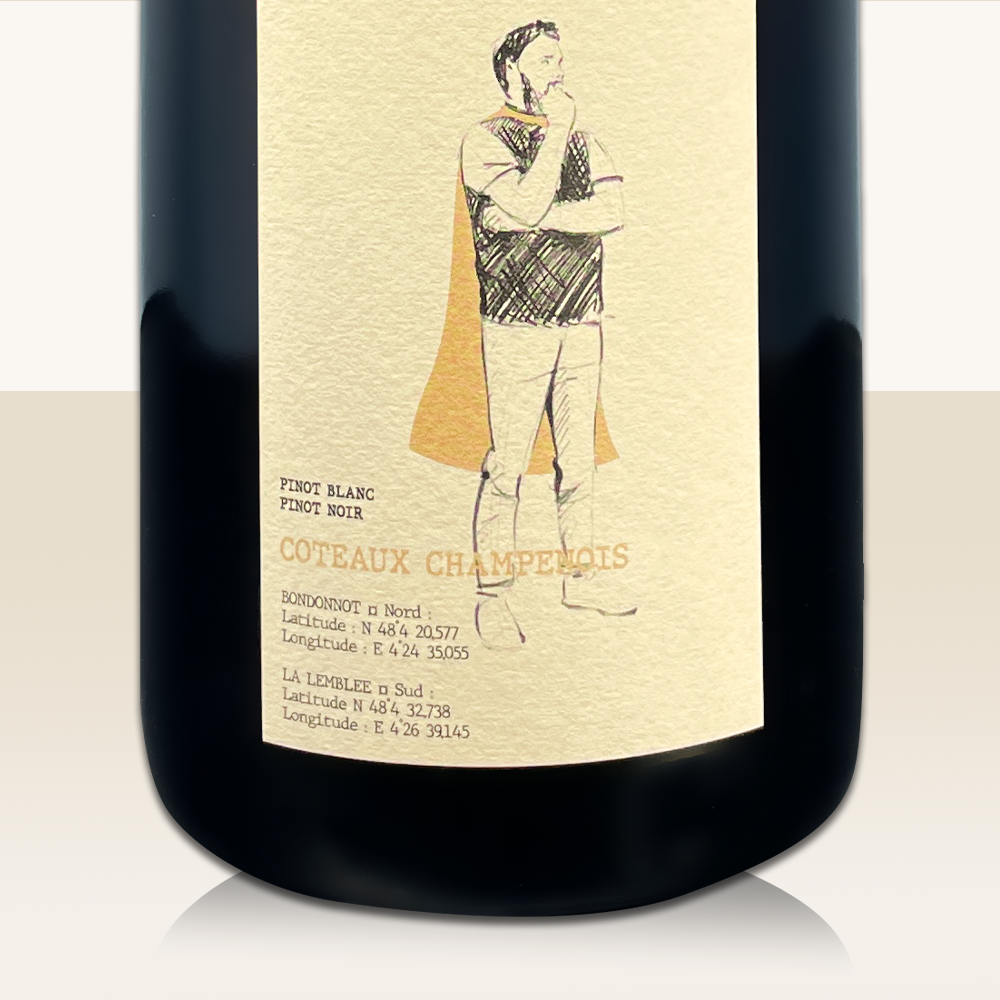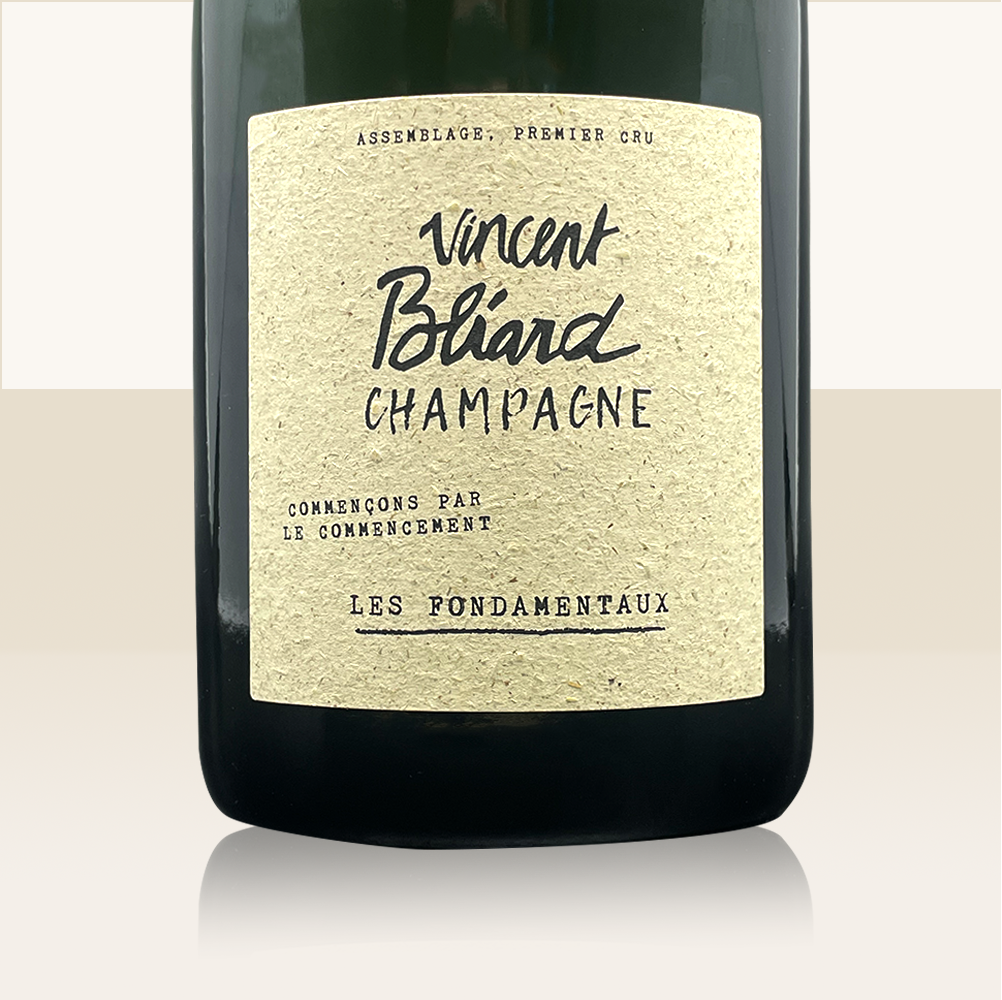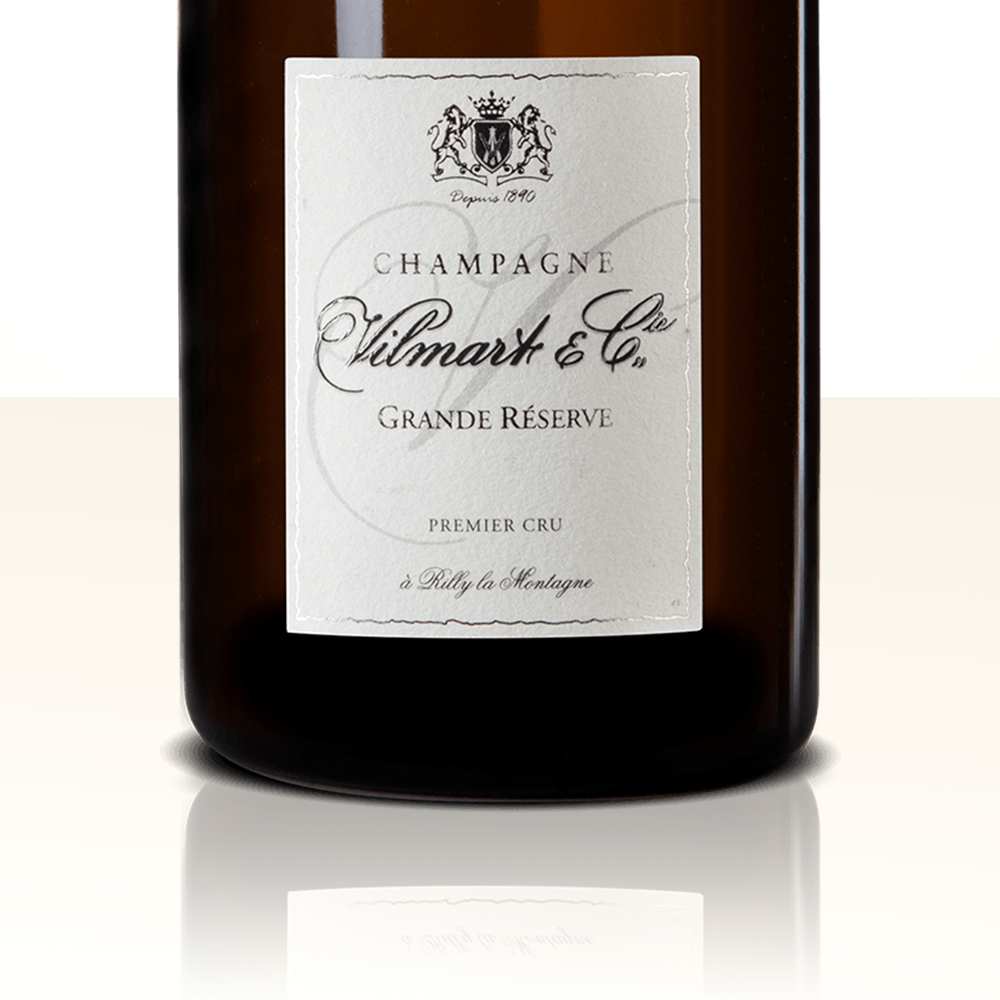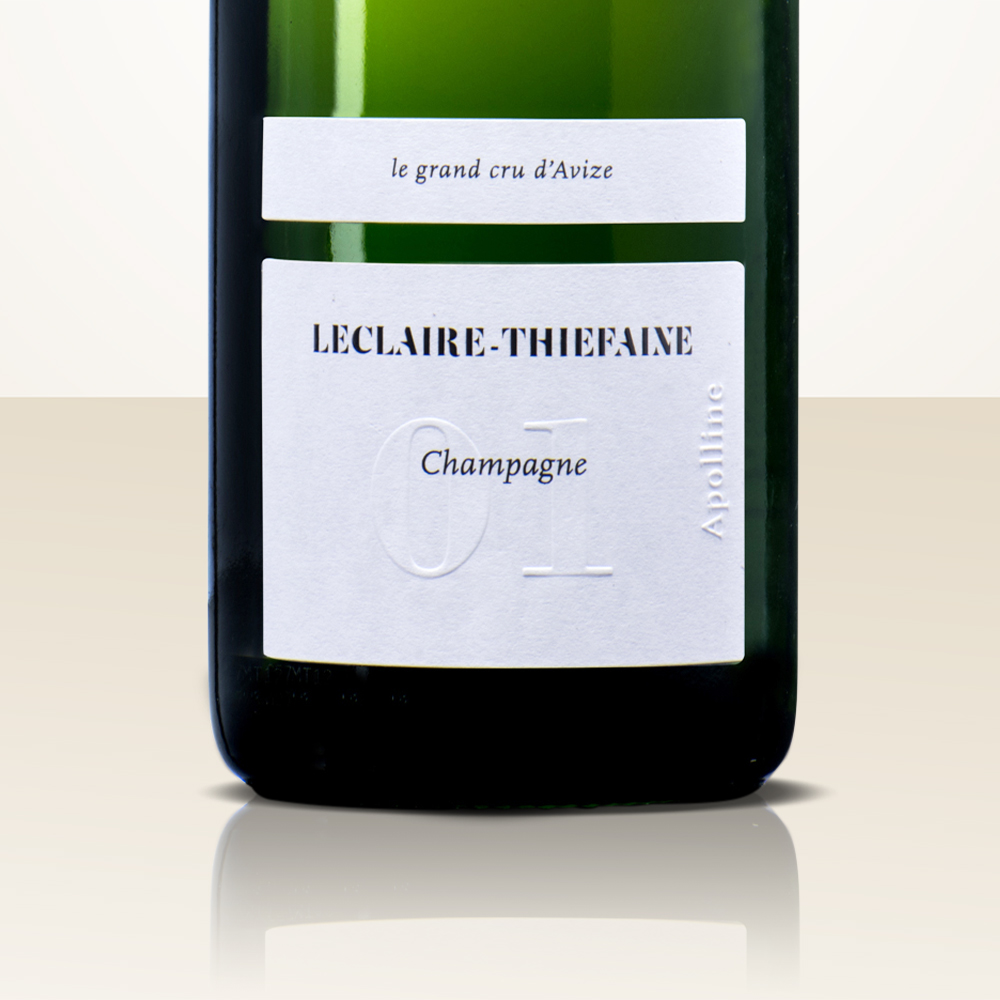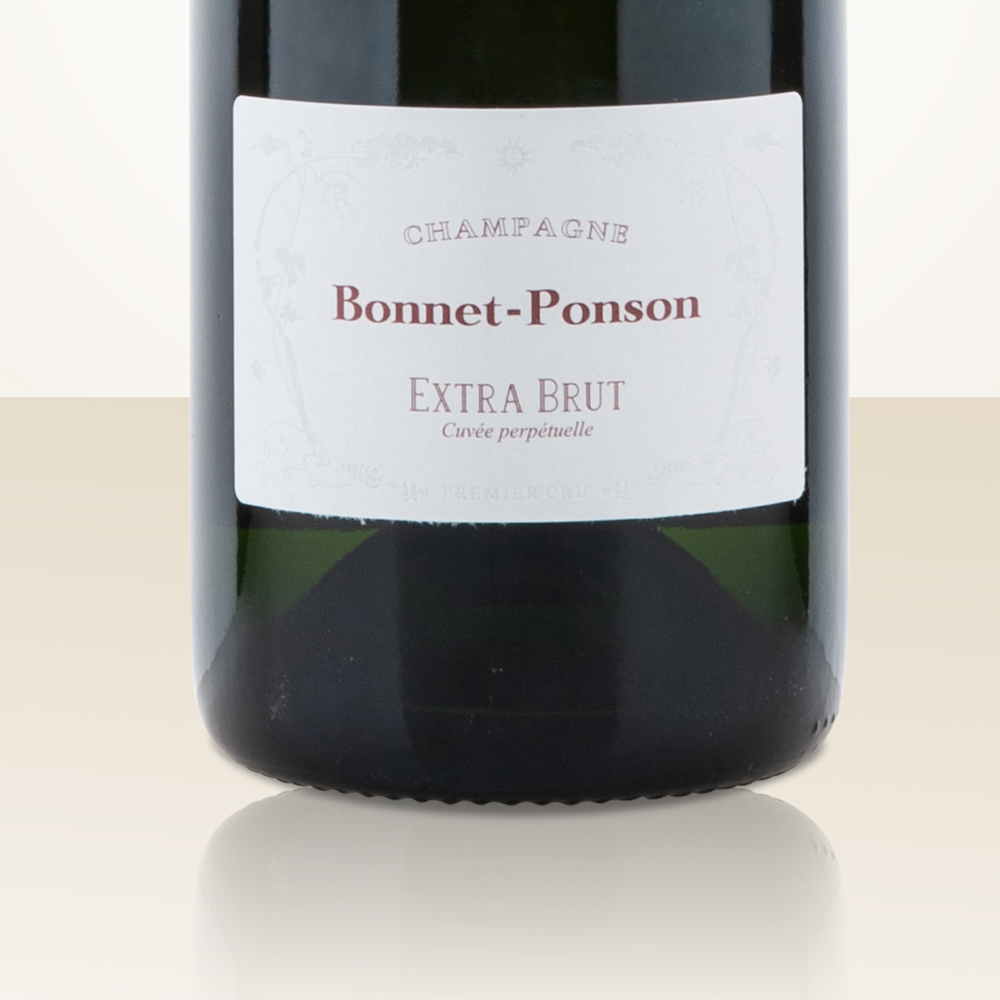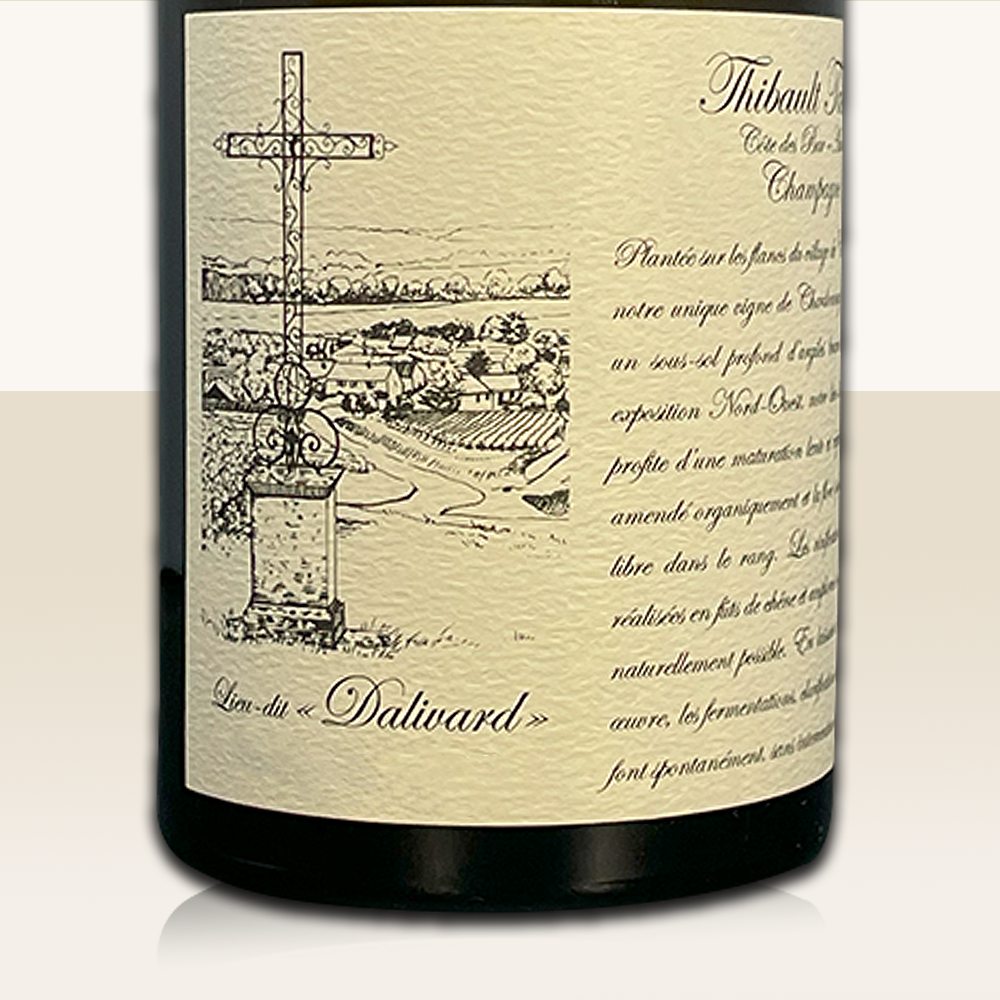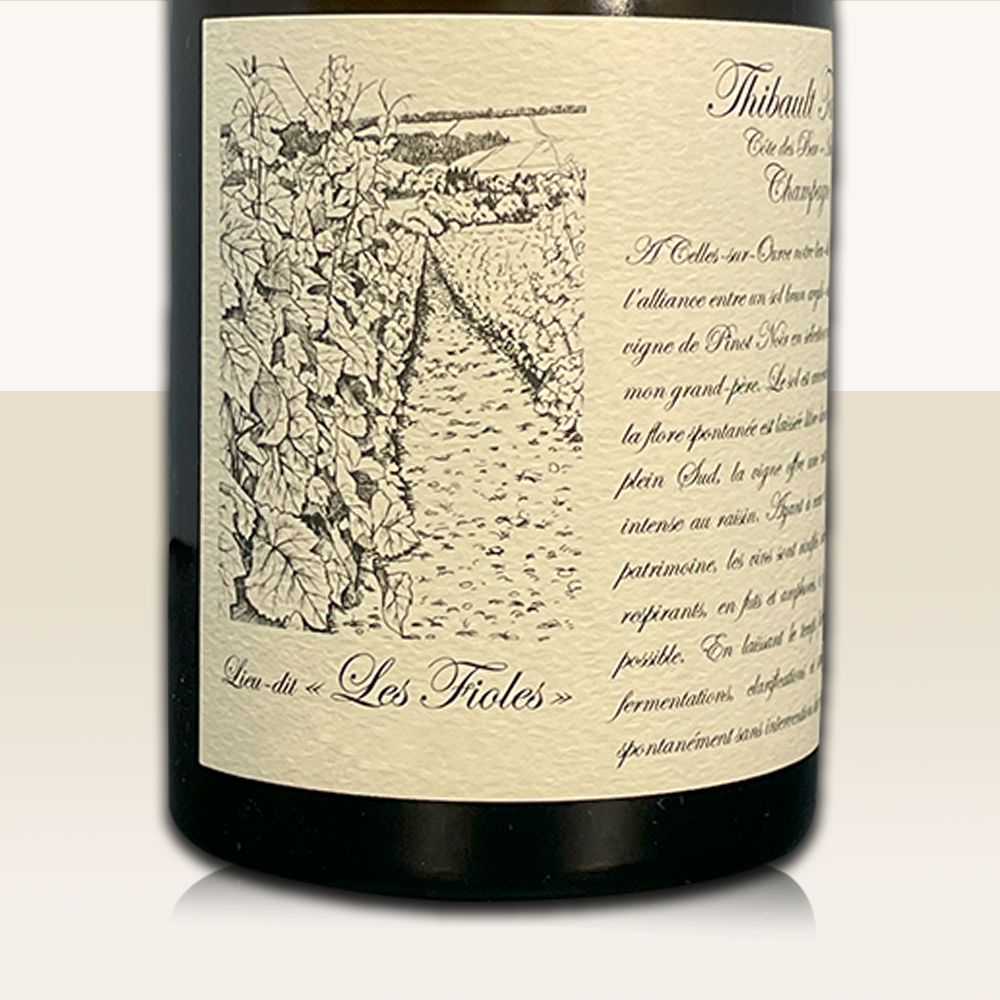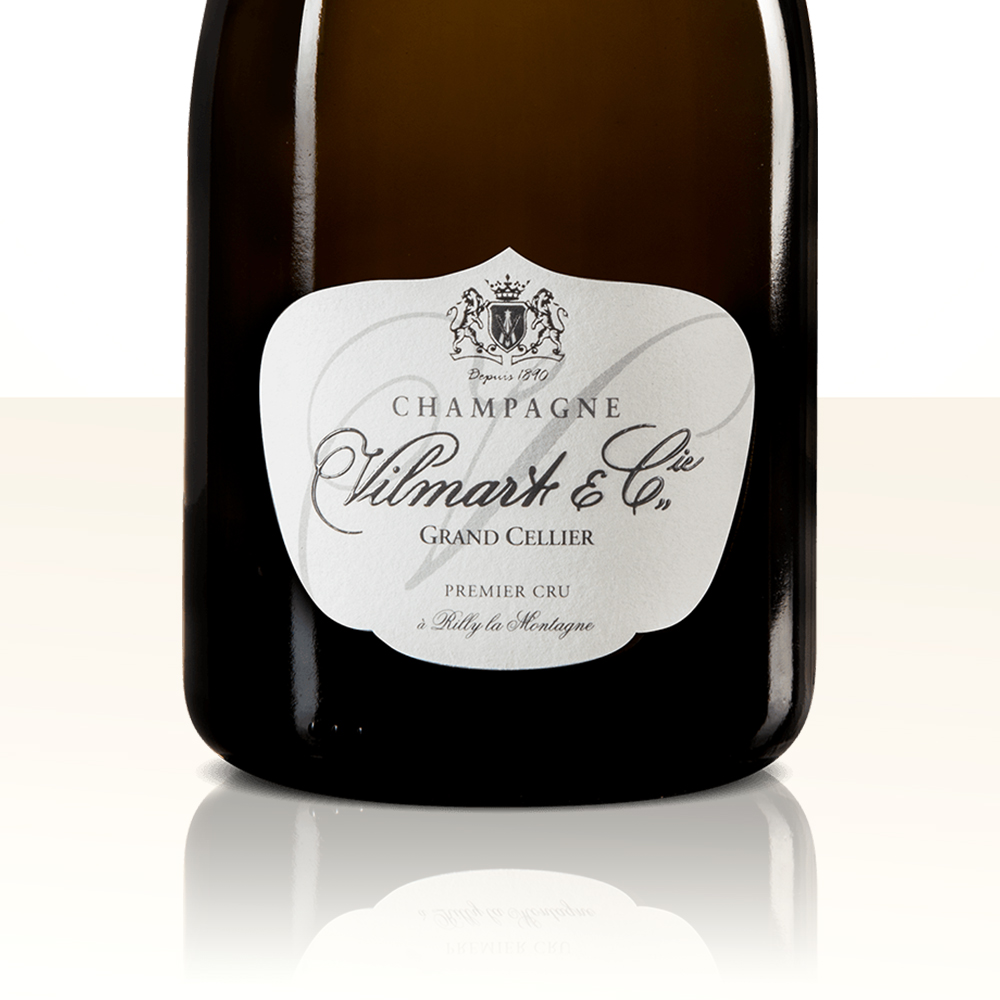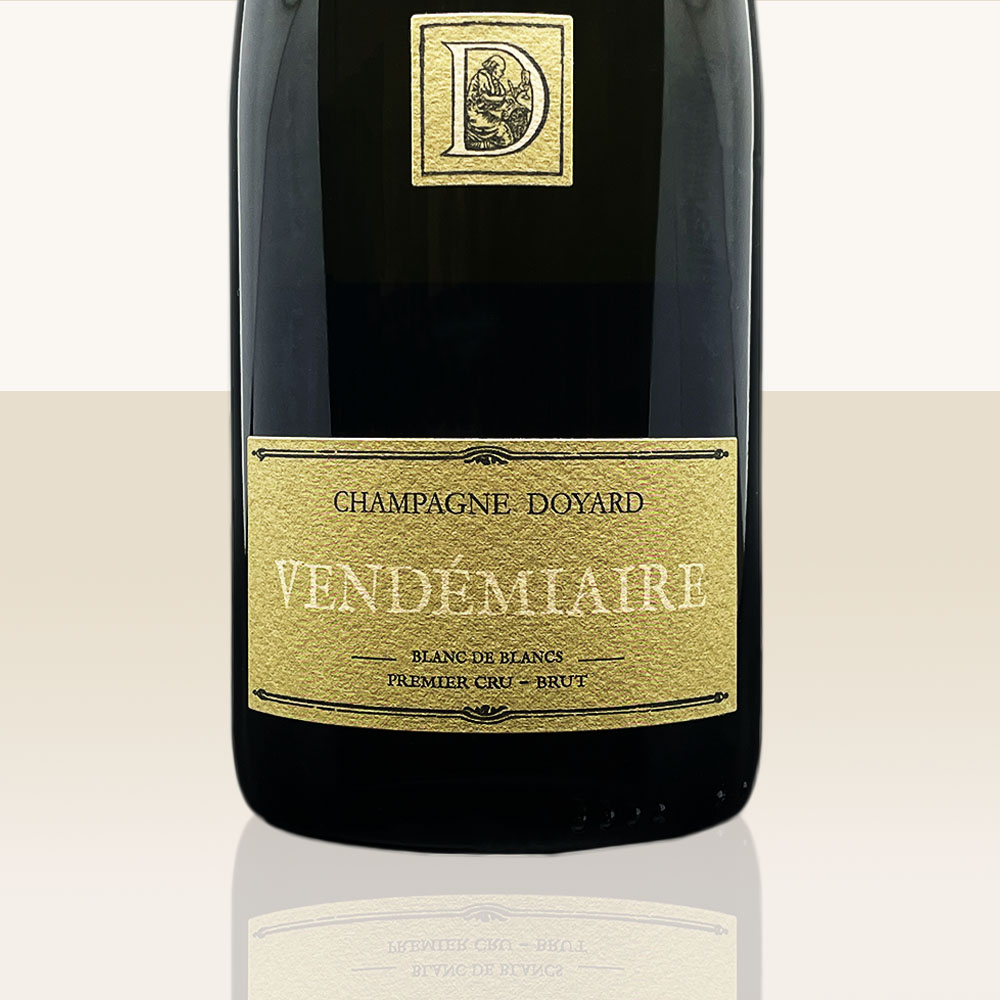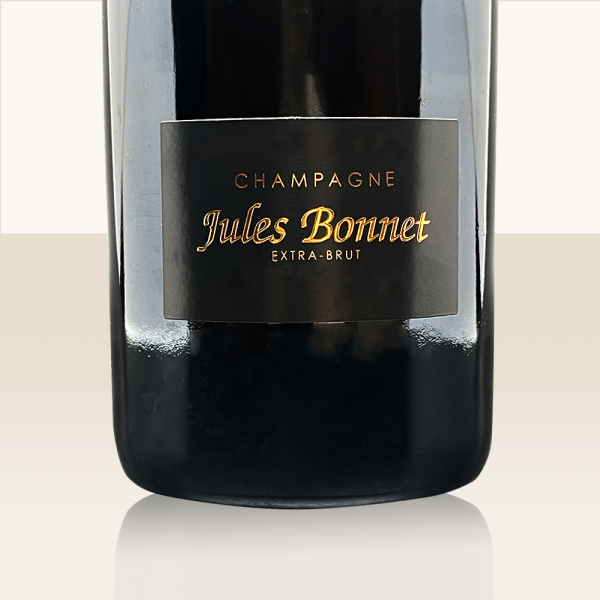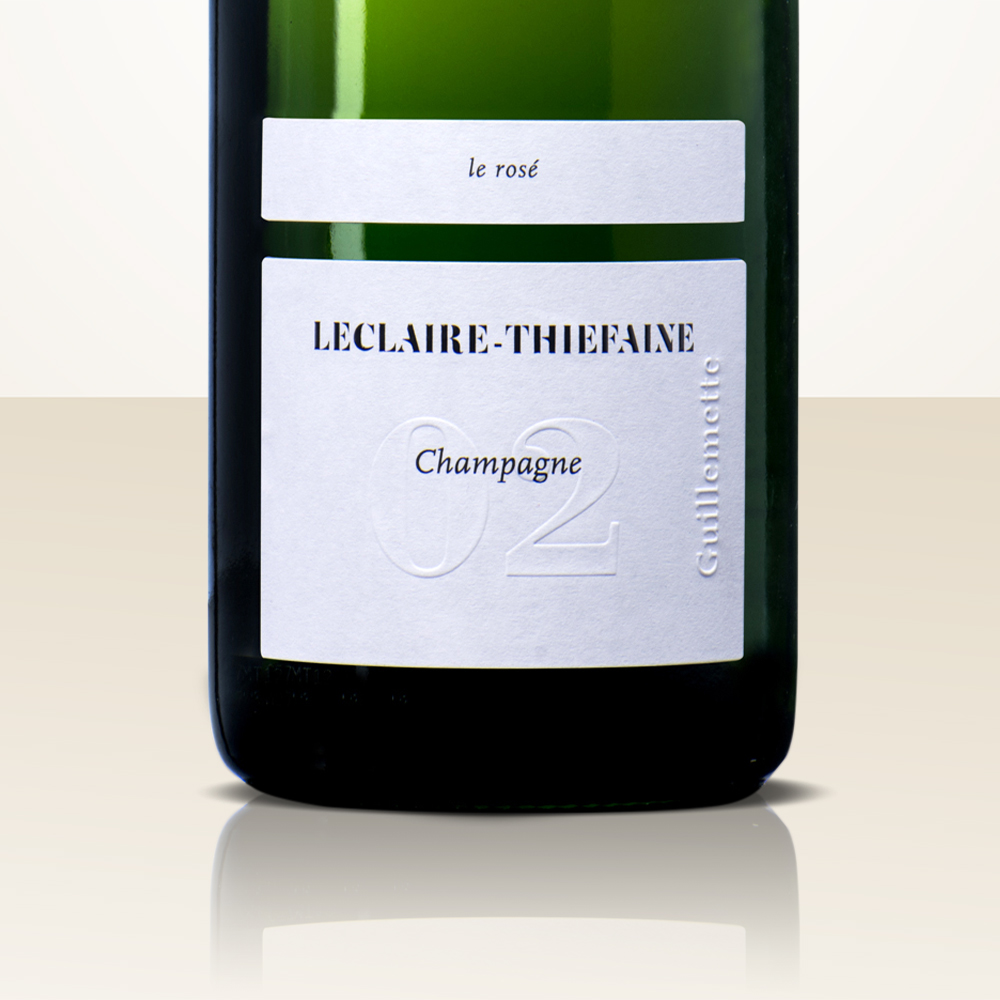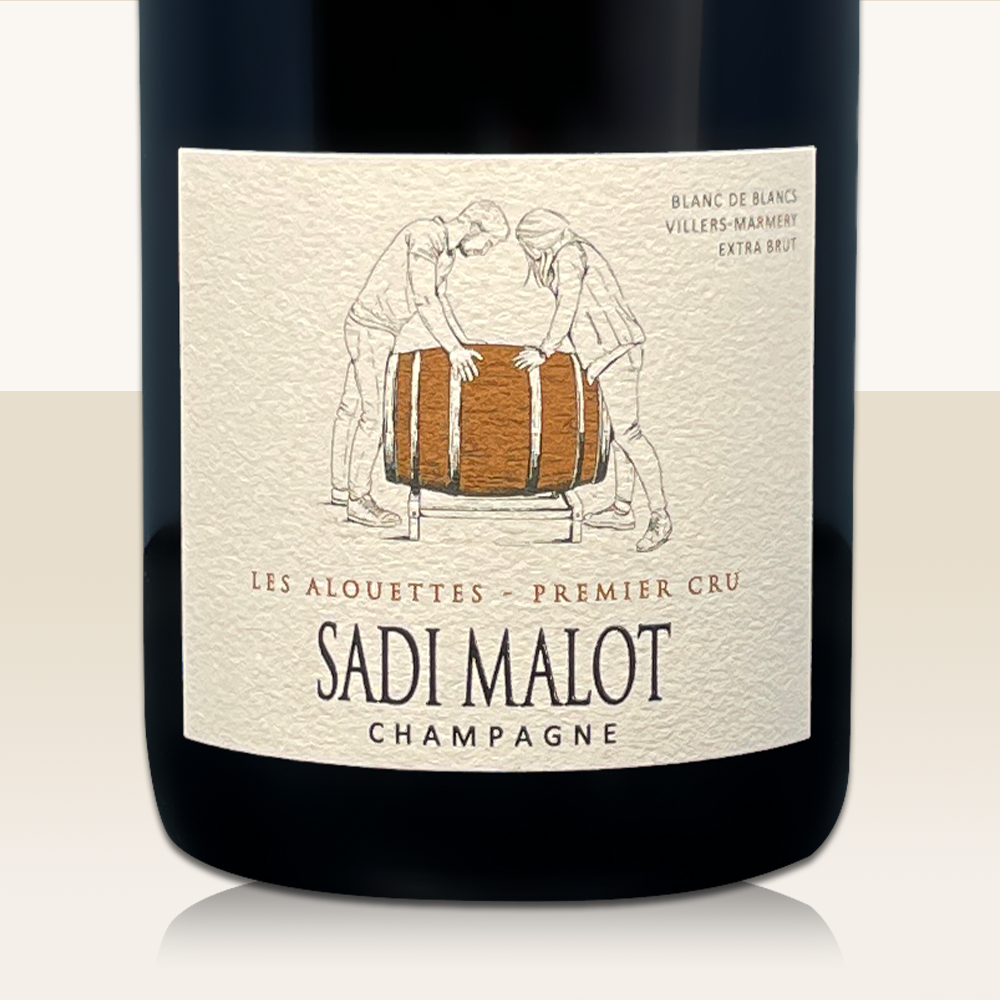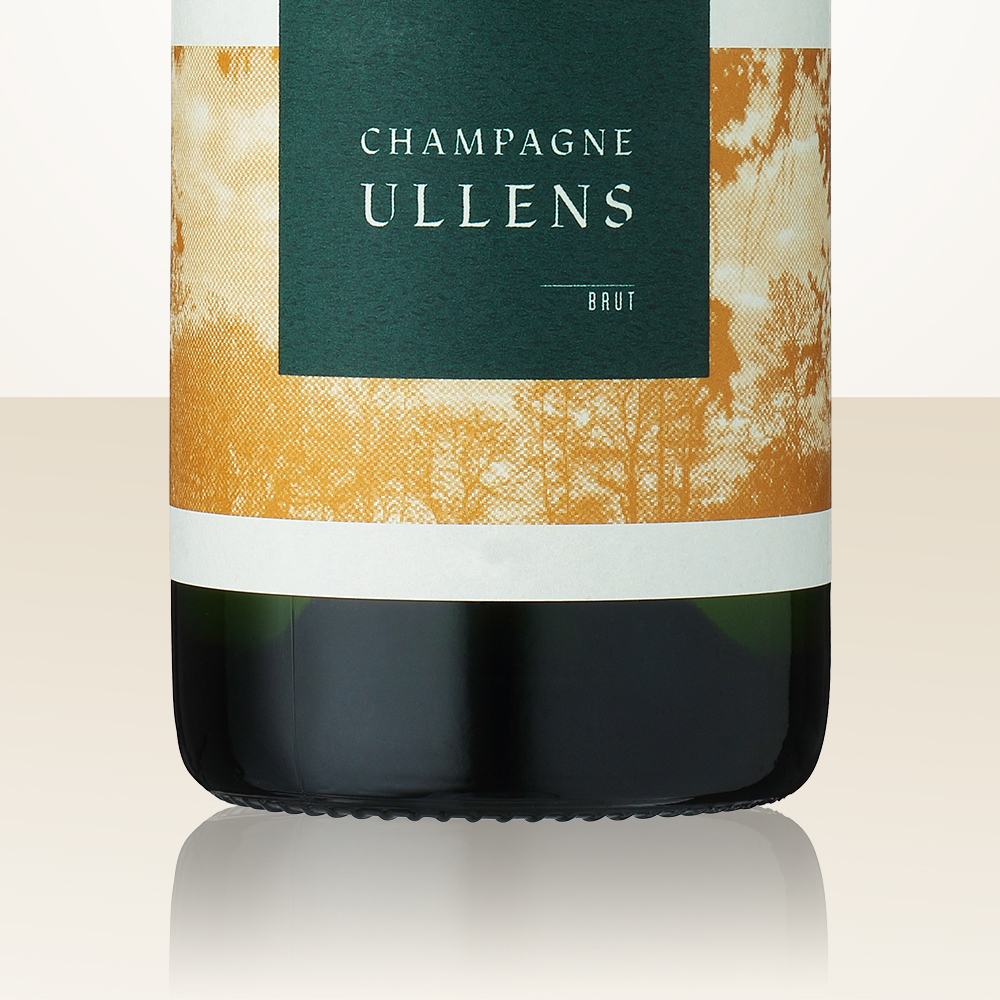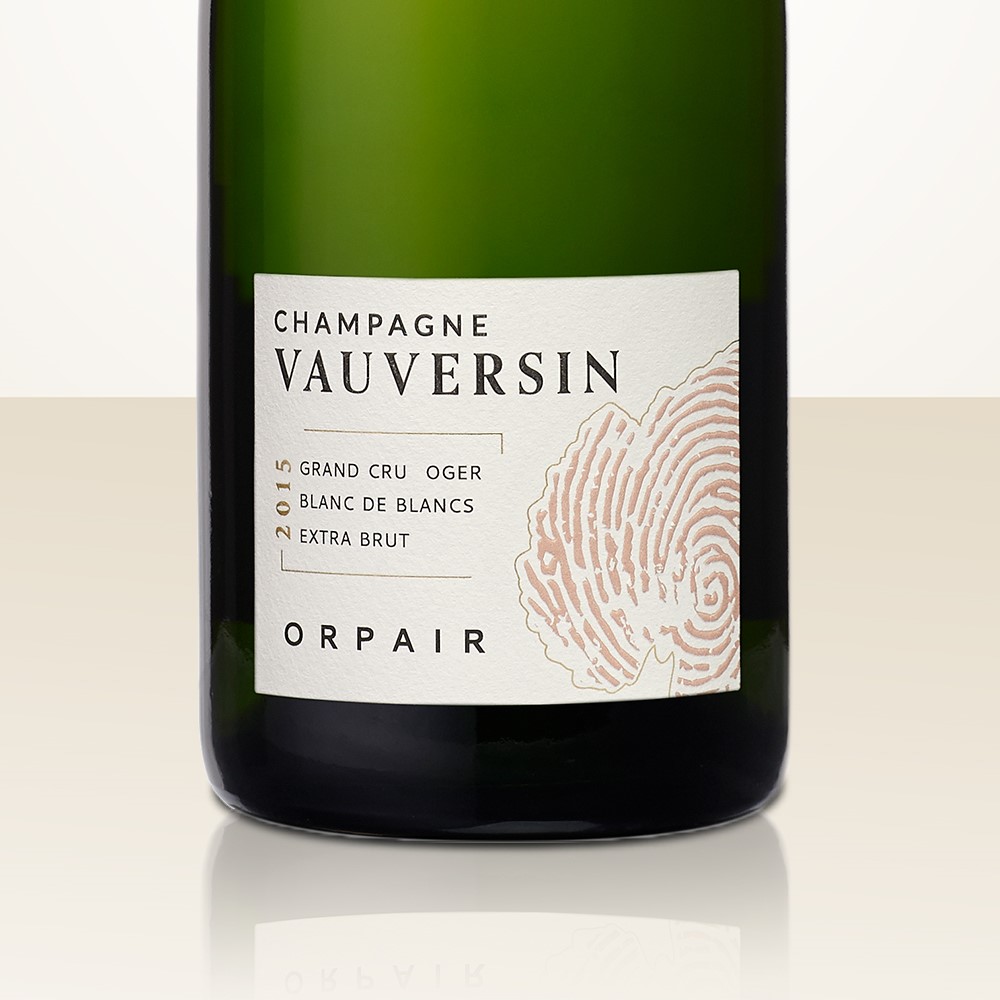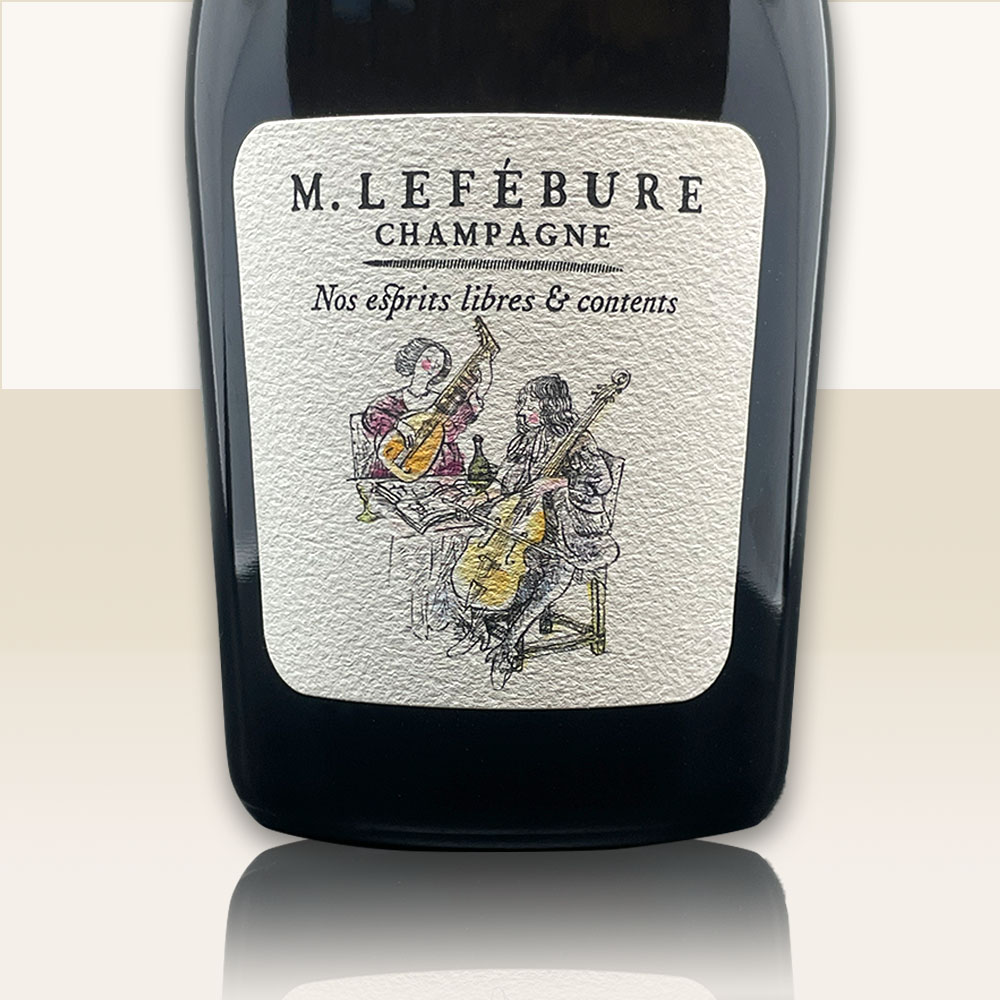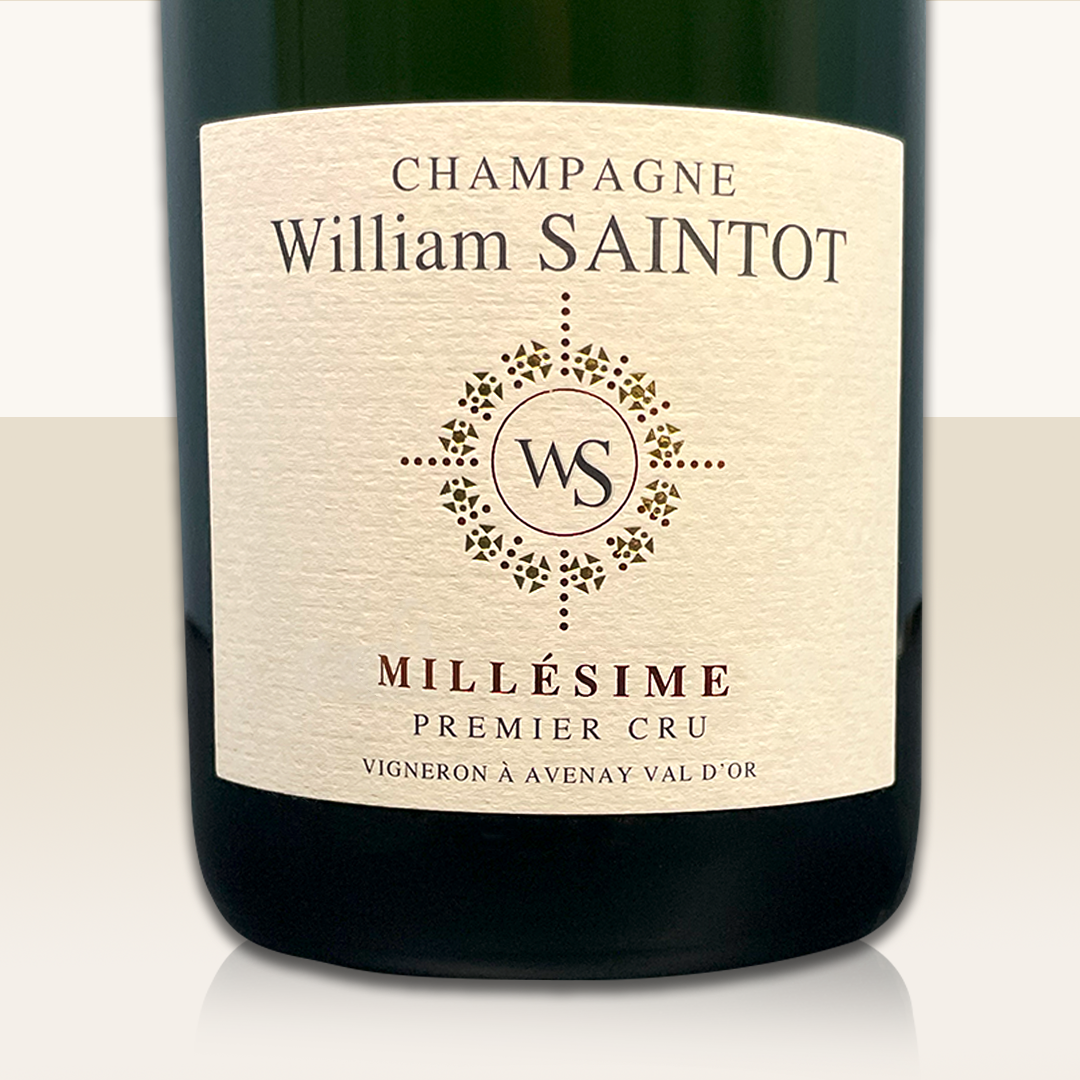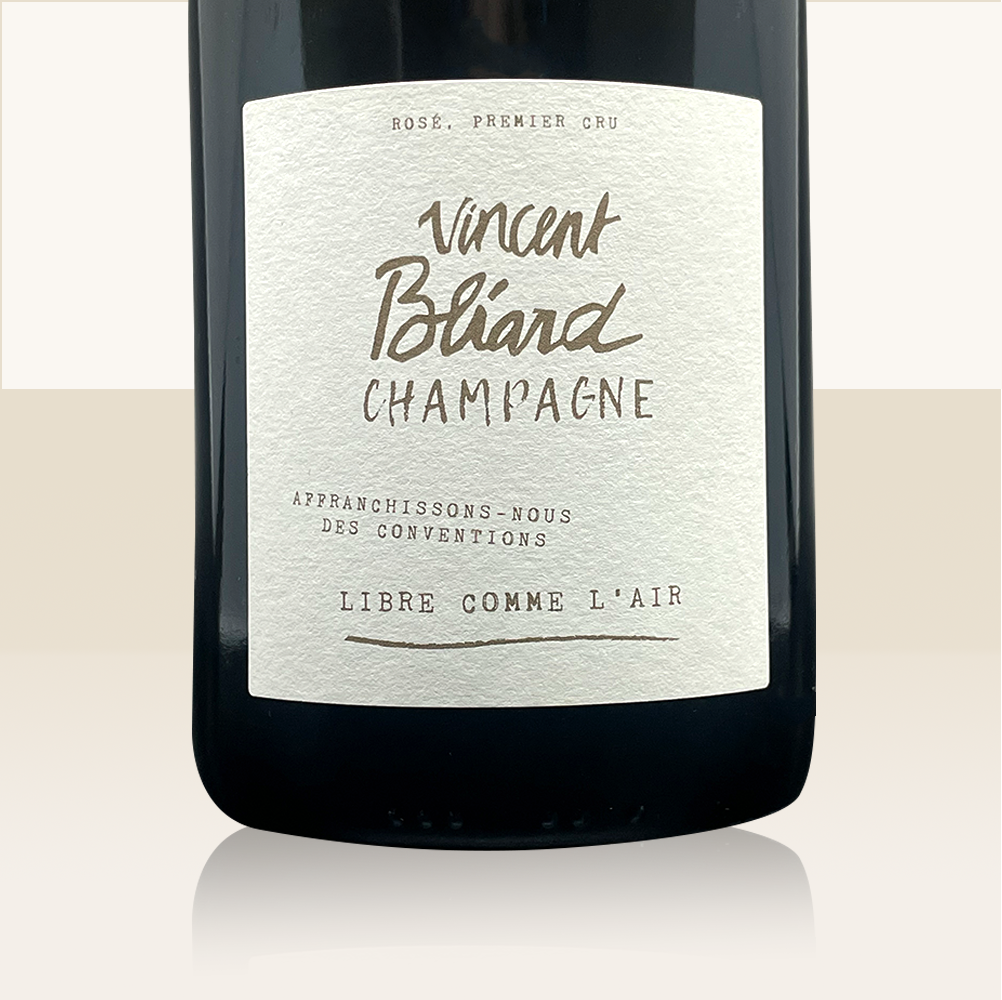Content: 0.75 Liter (€54.67* / 1 Liter)
Content: 0.75 Liter (€56.00* / 1 Liter)
Content: 0.75 Liter (€56.00* / 1 Liter)
Content: 0.75 Liter (€56.00* / 1 Liter)
Content: 0.75 Liter (€56.00* / 1 Liter)
Content: 0.75 Liter (€58.00* / 1 Liter)
Content: 0.75 Liter (€59.33* / 1 Liter)
Content: 0.75 Liter (€59.33* / 1 Liter)
Content: 0.75 Liter (€65.33* / 1 Liter)
Content: 0.75 Liter (€65.33* / 1 Liter)
Content: 0.75 Liter (€66.53* / 1 Liter)
Content: 0.75 Liter (€67.33* / 1 Liter)
Content: 0.75 Liter (€68.67* / 1 Liter)
Content: 0.75 Liter (€69.33* / 1 Liter)
Content: 0.75 Liter (€71.33* / 1 Liter)
Content: 0.75 Liter (€71.33* / 1 Liter)
Content: 0.75 Liter (€72.00* / 1 Liter)
Content: 0.75 Liter (€72.00* / 1 Liter)
Content: 0.75 Liter (€72.67* / 1 Liter)
Content: 0.75 Liter (€73.33* / 1 Liter)
Content: 0.75 Liter (€73.33* / 1 Liter)
Content: 0.75 Liter (€74.00* / 1 Liter)
Content: 0.75 Liter (€74.67* / 1 Liter)


